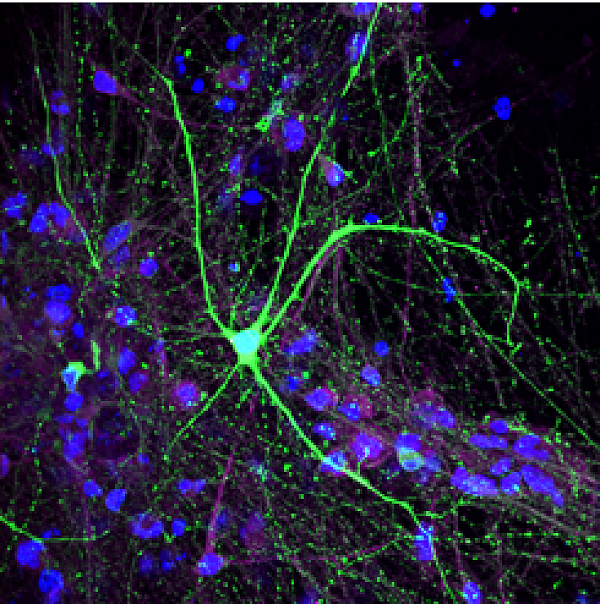
Patients with 16p11.2 duplication and 16p11.2 deletion have features of autism spectrum disorder, including impaired social skills as well as delayed development of language and speech. Behavioral problems associated with this CNV also include attention deficit hyperactivity disorder. Affected patients with 16p11.2 duplication have also an increased risk of psychiatric disorders, including schizophrenia, bipolar disorder, anxiety, and depression. In this study, we will establish a dopaminergic neuron cell culturing model to study disease phenotypes of hiPSCs with 16p11.2 duplication and 16p11.2 deletion. The goal of our research is to characterize the differentiation capacity and functionality of dopaminergic (DA) neurons derived from human pluripotent stem cells with copy number variations (CNVs) of 16p11.2, to find new molecular targets for development of new therapies for treatment of these neurodevelopmental and neuropsychiatric disorders. We will characterize the disease phenotypes of the DA neurons using transcriptional gene expression profiling and immunocytochemistry. In addition, we will characterize the functional phenotypes of the DA neurons with electrophysiological recordings of the network activity on multi-electrode arrays in vitro.
In continuance of this project we will also study the effects of 16p11.2 CNVs in the cortical development of the iPSCs. We are also investigating RhoA-pathway activation in these cells with specific RhoA pathway blockers and activators.
Maria Sundberg